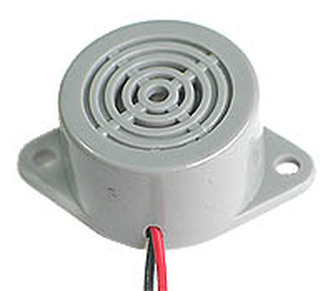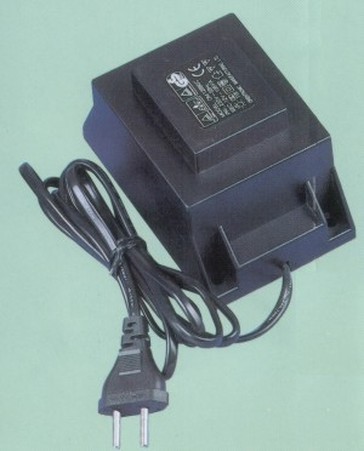NJ Intercom repair Buzzer Details ,We Are available 24/7

Assessing the Buzzer The first culprit of your faulty buzzer would be the button itself. Inspect it for any wear and tear.
NJ Intercom repair.Nj Buzzer Replace Nj Intercom Fix
This is a common problem if your buzzer is open to the elements or aggressive visitors. If your button appears to be in excellent shape, then remove the button's casing and check the state of the wires.
NJ Intercom repair.Nj Buzzer Replace Nj Intercom Fix
Ensure the wires attach properly to the button. You can handle dust accumulation at this stage by using a cloth drenched in rubbing alcohol or by just swabbing lens cleaner over the surfaces.
NJ Intercom repair.Nj Buzzer Replace Nj Intercom Fix
If the wires are well fastened, remove them and touch them together. Use the voltage meter to test for voltage before you go about this, to avoid getting shocked. If a chime emerges when you touch these wires together, then your problem lies with the switch and you have to get another one. If there is no sound or the sound of the chime echoes faintly, then the transformer is the problem.Service Order Form
NJ Intercom repair.Nj Buzzer Replace Nj Intercom Fix
This is a common problem if your buzzer is open to the elements or aggressive visitors. If your button appears to be in excellent shape, then remove the button's casing and check the state of the wires.
NJ Intercom repair.Nj Buzzer Replace Nj Intercom Fix
Ensure the wires attach properly to the button. You can handle dust accumulation at this stage by using a cloth drenched in rubbing alcohol or by just swabbing lens cleaner over the surfaces.
NJ Intercom repair.Nj Buzzer Replace Nj Intercom Fix
If the wires are well fastened, remove them and touch them together. Use the voltage meter to test for voltage before you go about this, to avoid getting shocked. If a chime emerges when you touch these wires together, then your problem lies with the switch and you have to get another one. If there is no sound or the sound of the chime echoes faintly, then the transformer is the problem.Service Order Form
NJ Intercom repair Transformer Details ,Service available 24/7

The transformer in your buzzer is an electrical component that steps down the 110-120-volt current to the 10 to 18 volts at which buzzers or doorbells operate.
NJ Intercom repair.Nj Buzzer Replace Nj Intercom Fix
Although located in the chime enclosure, you can't work on it in the presence of an electrical current. You can, however, inspect the low voltage wires connected to it without disconnecting your electricity.
These wires may just be loose and you only have to tighten them using a screwdriver to get your buzzer working right again.
If the wires are okay, use the digital multimeter to measure the voltage in the transformer's terminals.
Set it at the 50V range. If you detect low voltage (below 6V) or high voltage (above 16V), you need to replace the transformer.
Use electrical tape to mark the location of the transformer's wires.
The wires on the circuit panel should match with those of the incoming transformer, that is, the black and white with the black and white and the green wire with the copper.
Don't forget to attach the chime wires with the components on the transformer.
NJ Intercom repair.Nj Buzzer Replace Nj Intercom Fix
Although located in the chime enclosure, you can't work on it in the presence of an electrical current. You can, however, inspect the low voltage wires connected to it without disconnecting your electricity.
These wires may just be loose and you only have to tighten them using a screwdriver to get your buzzer working right again.
If the wires are okay, use the digital multimeter to measure the voltage in the transformer's terminals.
Set it at the 50V range. If you detect low voltage (below 6V) or high voltage (above 16V), you need to replace the transformer.
Use electrical tape to mark the location of the transformer's wires.
The wires on the circuit panel should match with those of the incoming transformer, that is, the black and white with the black and white and the green wire with the copper.
Don't forget to attach the chime wires with the components on the transformer.